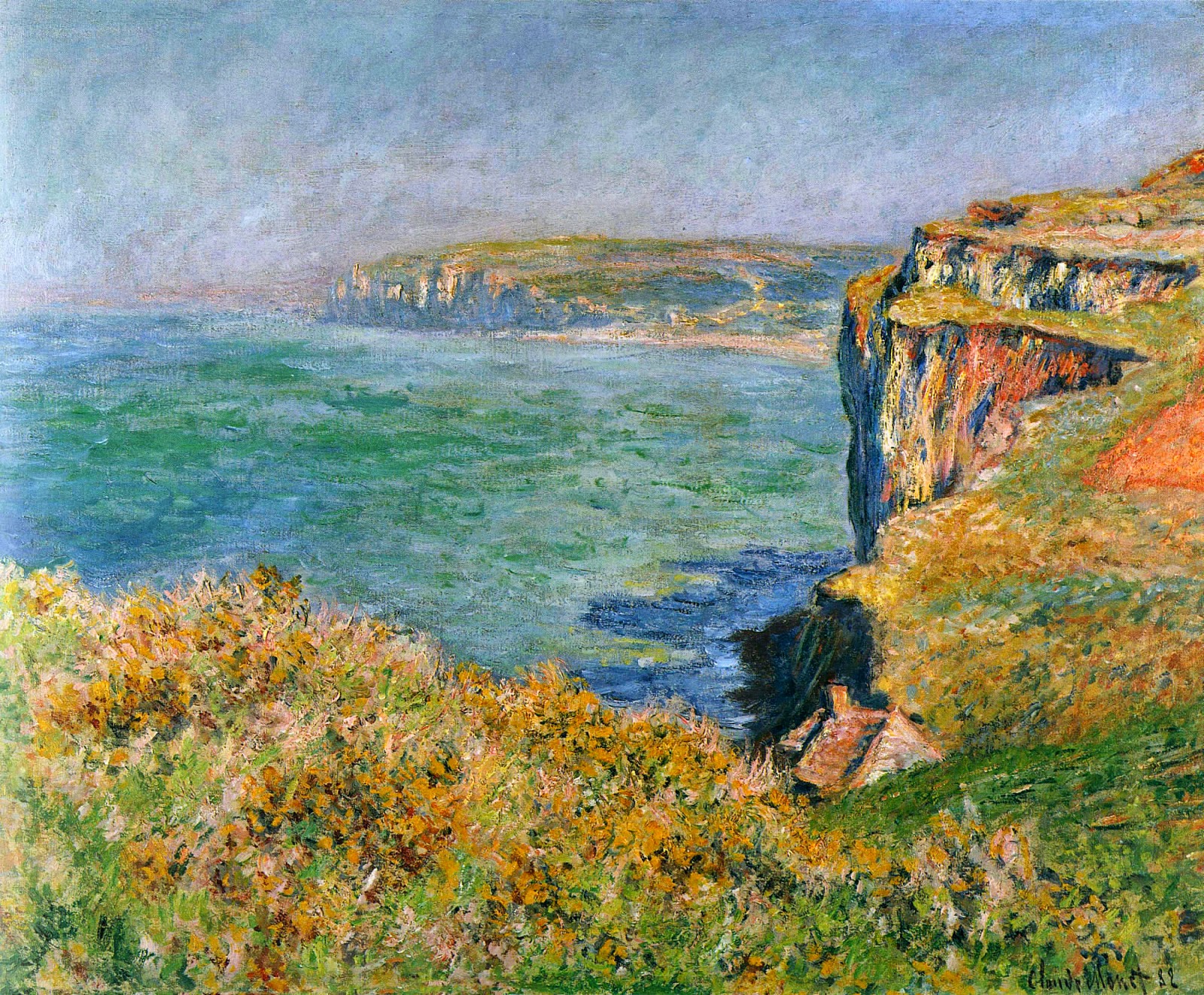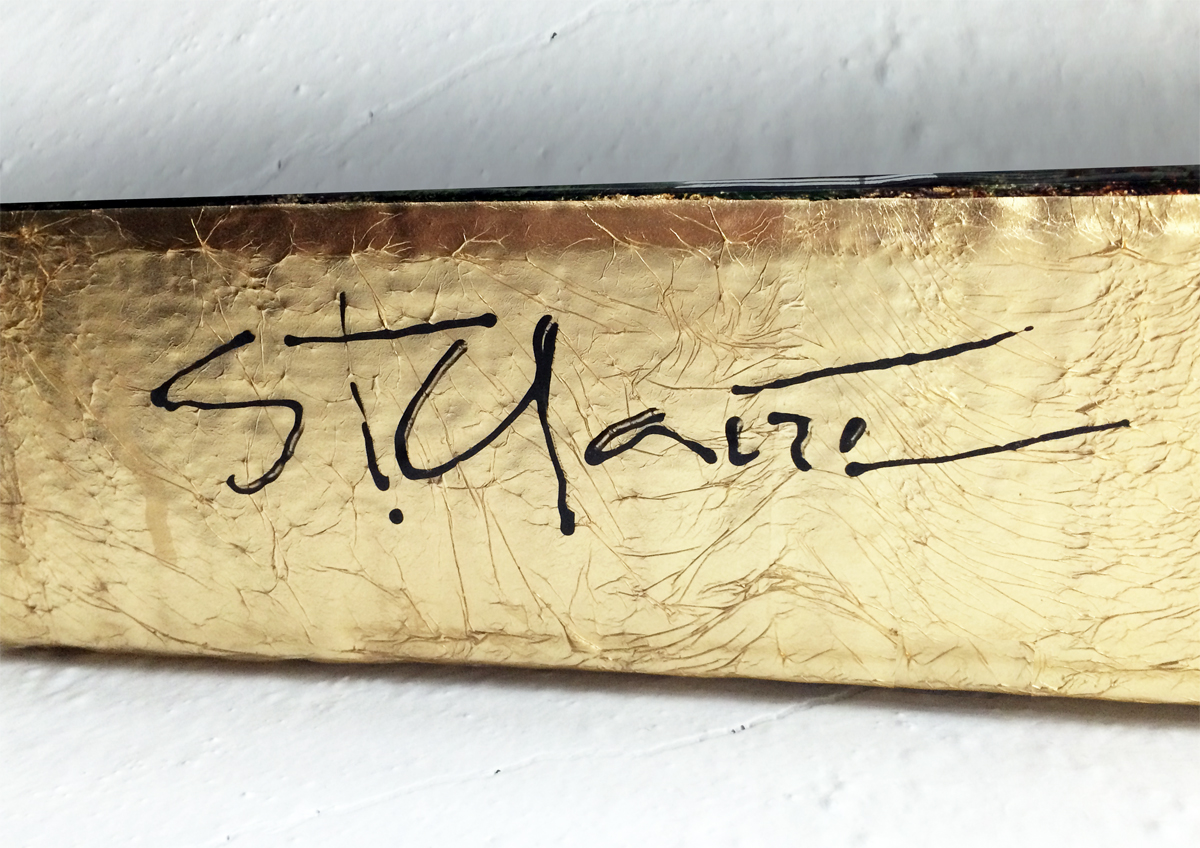Since the writing of my last blog post, “What if…” I’ve done some experimenting. In short, those experiments have gone really well (!) so I’ve entitled “So then…” That doesn’t always happen, but so far with this particular idea, it has.
See, a couple weeks ago, I woke up (at 2:17 AM) picturing a new type of artwork than I’ve ever done before, and all the tests and experiments I’ve done are remarkably encouraging. I think I’m onto something. Let me explain a bit more at this point…
I’m an oil painter and (not surprisingly) all my paintings are painted on a flat surface. Go to any of the art studios in Asheville’s River Arts District and notice what the painters are painting on. They are painting on flat surfaces. Go to an art museum and notice what all those framed oil paintings are painted on: flat surfaces. Noticing a trend?
But I’m going to paint on a flexible surface that can be bent in an arc shape. I have a furniture maker friend of mine (thank you Asheville Wood!) that is experimenting with me on this project. They are working on the wood runners (think cherry, black walnut, pecan, bamboo) that will be mounted to the wall (no visible attachments) and that will receive the panels of my artwork and keep them in tension, forming an arc out from the wall. That’s what I’m thinking, and so far, it’s working. I’m going now to the next step and actually fabricating a full size panel (rather than a small sample). I’ll cover the panel with flexible texture, Italian aluminum leaf, oil paint and resin. Resin is flexible? Yep. Turns out one or two layers are perfectly flexible and will provide brilliant color.
In theory, the colors I will apply to the panels will alter greatly because the angle of light will vary over the entire piece (because it’s bent in an arc). What’s in my head (and slowly coming to fruition) is a dynamic piece of artwork that can span many feet (either vertically or horizontally).
I’m excited!
People ask me all the time “when did you come up with this type of art?” and I always laugh and tell them I’m still coming up with it! I feel like I’m half artist and half mad scientist, and I wouldn’t have it any other way. It’s just too much fun.
The next post on this subject will be photos of the prototype. Fingers crossed!

















